Motorola DP4801Ex Atex Digital Two Way Radio Six Pack DP4801ExAtex6
What you get
✓ x6 DP4801Ex Atex Digital
✓ x1 Six way charger (WPLN4214B)
✓ x6 Batteries 2075mAh Li-ion Battery (NNTN8359_)
✓ x6 Antennas
✓ 12 months warranty only for the radio ONLY
✓ Free programming of the radios*
✓ Application for Comreg licence on your behalf.

Motorola DP4801 Ex Portable Atex Digital Two Way Radio MOTOTRBO
Workers can confront threats from explosive gas or combustible dust, on an oil rig or in an open mine, daily. Safe, reliable communication is absolutely critical in such dangerous environments. That’s where the power and performance of MOTOTRBO digital radio stands out.
The DP4801 Ex ATEX-certified portable delivers unrivaled voice and data communications with integrated GPS plus best-in-class audio that includes Intelligent Audio and customization voice announcements.
Best-in-class Audio
Loud front-facing speaker and Intelligent Audio feature that automatically adjusts the radio volume according the environment’s noise level
Text Messaging
Send preprogrammed update messages to team members when radio communications need to be delivered without interrupting workers or guests
Integrated GPS
Locate mobile work teams using integrated GPS
Emergency Button
Orange button on the top of the radio can be programmed to send an alert to a supervisor or dispatcher during an emergency situation
Security
Three levels of scrambling or encryption built-in for increased security: 16-bit Basic Privacy, 40-bit Enhanced Privacy or 256-bit AES256 encryption.
Transmit Interrupt
Enables a user to interrupt another radio conversation to deliver critical communication exactly when and where it’s needed.
IP Site Connect
A digital solution that uses the internet to extend the voice and data capabilities of MOTOTRBO. Use it to link up to 15 sites for communication among geographically dispersed locations, to create wide area coverage or enhance coverage at a single site with physical barriers
Capacity Plus
Single-site digital trunking system that maximizes the capacity of your MOTOTRBO system. Use it to enable a high volume of voice and data communication for over a thousand users at a single site without adding new frequencies
Linked Capacity Plus
Linked Capacity Plus is a multi-site digital trunking system for the MOTOTRBO platform. It leverages the high capacity of Capacity Plus, with the wide area coverage capabilities of IP Site Connect to keep your staff at various locations connected with an affordable high-capacity, wide-area trunking solution
Rugged, Reliable Design
Tightly sealed against wind and dust, and submersible in up to one meter of water for 30 minutes (IP67 rated).
Productivity-enhancing Data Applications
Features the industry’s largest Application Developer Programme to enable a wide variety of customized applications including: location tracking, email gateways, dispatch, telephony, man-down and work order ticket management
ATEX/IEC EX Cerified
Certified to the highest level for use in potentially explosive environments
Additional Information
DP4801 Atex Features:
• VHF (136-174MHz); UHF1 (403-470MHz)
• 32 channels
• Large, textured push-to-talk button for ease of use
• 3 programmable buttons to improve ease-of-use and increase operator efficiency
• Tri-colour LED for clear visual feedback on radio operating status
• Emergency button to help ensure rapid response to critical incidents
• Quick, easy-to-use Group, Individual and All-call capability
• Digital Phone Patch capability
• Sophisticated Emergency Calls help ensure employee safety
• PTT ID helps improve communications efficiency and system discipline
• Remote Monitor features help ensure employee safety and enable fast assessment of remote user status
• Elegant channel scanning schemes help ensure calls are received first time every time
• Privacy Features
• VOX Capability
• Transmit Interrupt
• Man Down
• Lone Worker
• Analogue Mode Compatible
• 5 Tone Signalling
• Integrated GPS
• Over the Air Programming
• Intelligent Audio allowing the radio volume to automatically adjust to compensate for background noise.
• IP67 ingress protection (also certified to the highest ingress protection available under ATEX/IECEx test conditions – IP64)
• Direct Mode (Including Dual Capacity Direct Mode) / Repeater Mode
• IP Site Connect (Conventional Multiple Site Coverage)
• Capacity Plus (Single Site Trunking)
• Linked Capacity Plus (Multi Site Trunking)
Radio Licensing Information
Radio licensing: A guide to licensed and licence-free radios
What is a radio licence and do I need one?
There are two types of two-way radios, licensed radios and licence-free radios (PMR446).
Licensed radios require a dedicated frequency which ensures that only those on that frequency can hear transmissions. In order to access a dedicated frequency, a radio licence granted by Comreg is required by law. Licences are based on the quantity of equipment to be licensed.
The cost is €22 per piece of equipment plus a fixed charge of €22 for the duration of the licence. (e.g. 4 walkie talkies + 2 radio mics = 6 units +1 Fixed Charge = 7 x €22 = €154).
Licence-free radios (also called PMR446 radios) operate on the PMR446 radio frequency, they can be used by anyone within the UK and EU and as the title suggests they need no radio licence.
Licensed radios

Licensed radios are usually more expensive than licence-free models, but have a larger power output (of up to 5 watts for handheld radios) and so offer increased range and coverage.
For example a primary school would typically find coverage on licence-free equipment sufficient whereas licenced equipment would be better suited to a secondary school, college or university.
In addition, a licence will offer increased security of transmissions through better monitoring of frequencies, especially if the licence is specific to your site.
Licenced radios are generally more robust, with clearer audio quality and the conversation more secure. Licensed radios also offer much more functionality than license-free radios, you can make group calls, send text messages and dial up individual users.
More about your Comreg licence
In order to obtain your licence, an application to Comreg has to be made. We are more than happy to apply on your behalf and offer a managed service in order to maintain your Comreg licence throughout your radio project. Or if you wish to make an application yourself, please feel free to ask us any questions along the way as we have vast experience in completing these forms and can go through it with you over the telephone. The application process is usually complete within 10-15 working days.
You can find out more by going to: https://www.comreg.ie/industry/radio-spectrum/licensing/search-licence-type/business-radio/
Licence-free radios

Non licensed radios are a cheaper alternative to licensed radios and can only have a power output of 0.5 watts giving them a fairly small range.
Licence-free radios can be used in the work place and for personal use, ideally where minimal coverage is needed, within small buildings where users are communicating in a close range.
Examples where these radios can be used effectively include smaller schools and construction sites, warehouses, hospitality venues and independent retail businesses.
For leisure they can be ideal for communicating between friends and family while camping and skiing, or if you are at a leisure park or hiking.
All PMR446 radios use the same eight channels. If there are a high number of users in a given area (cities and other built up areas) frequencies become extremely congested leading to interference on the channels, although usually there are multiple channels to select in order to find a clearer channel.

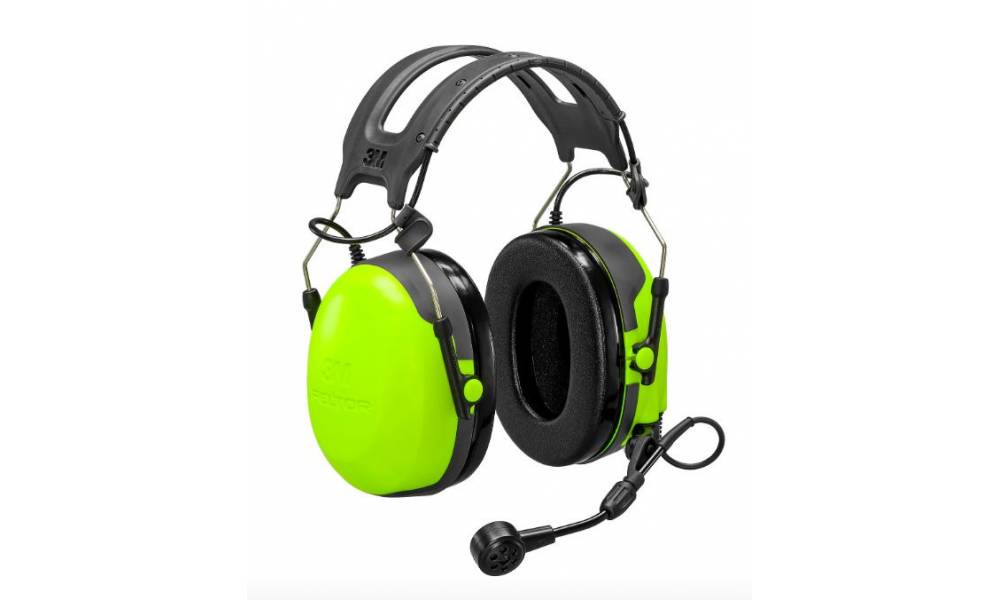





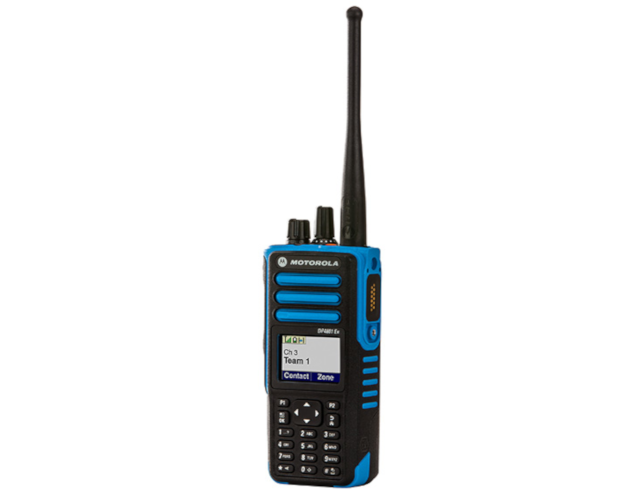
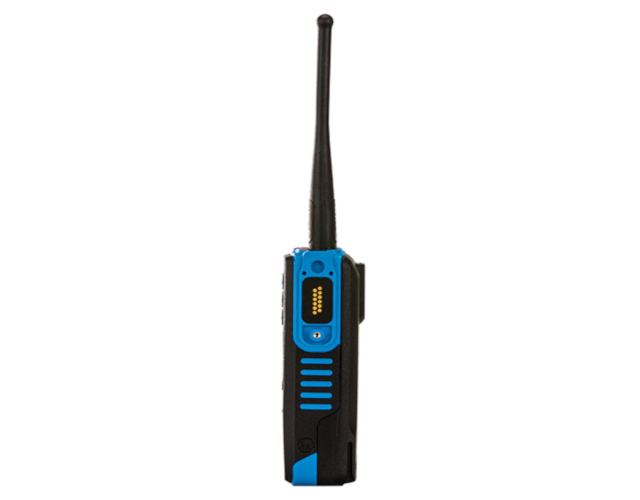
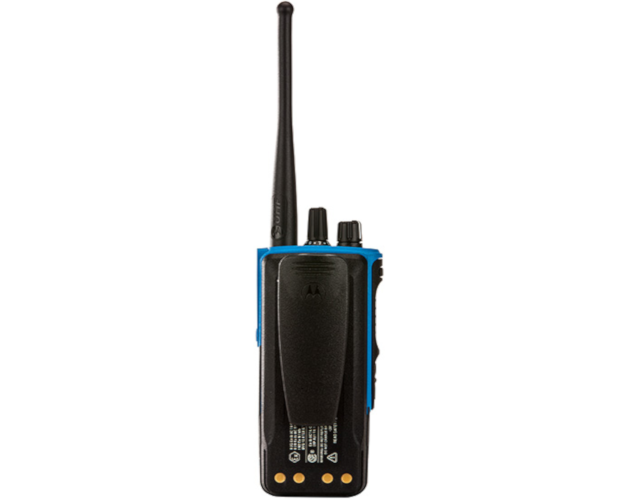
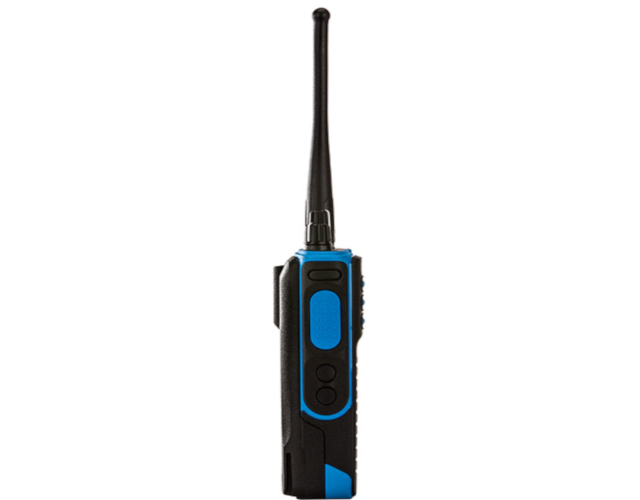
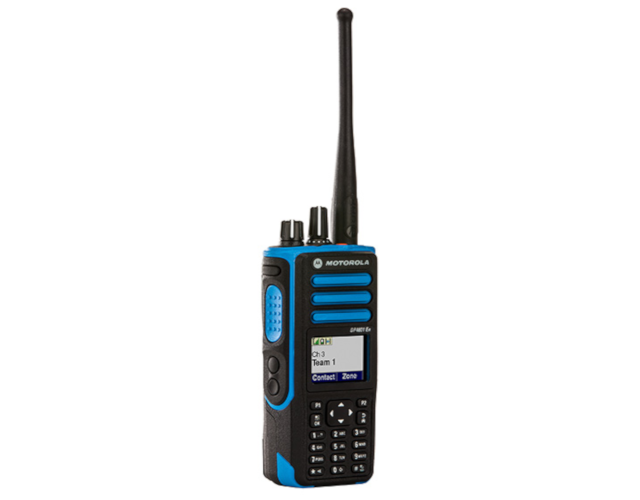



















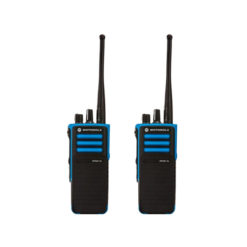
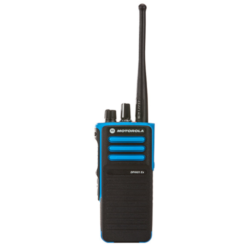
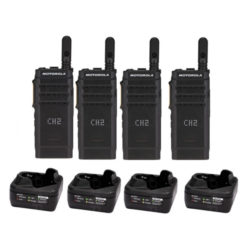
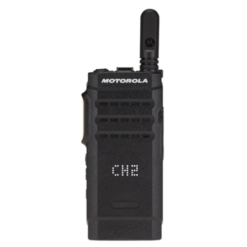

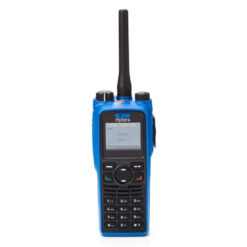


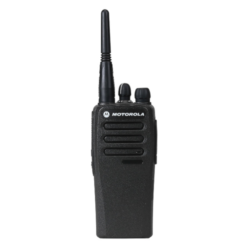
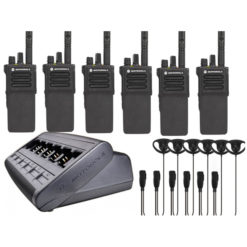

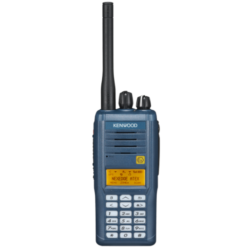

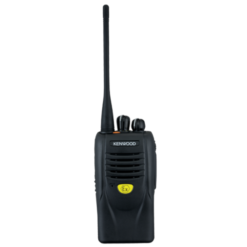

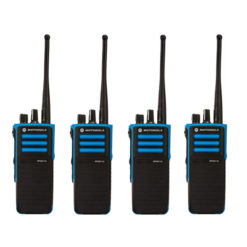
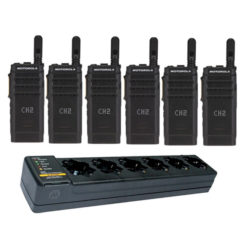

Reviews
There are no reviews yet.